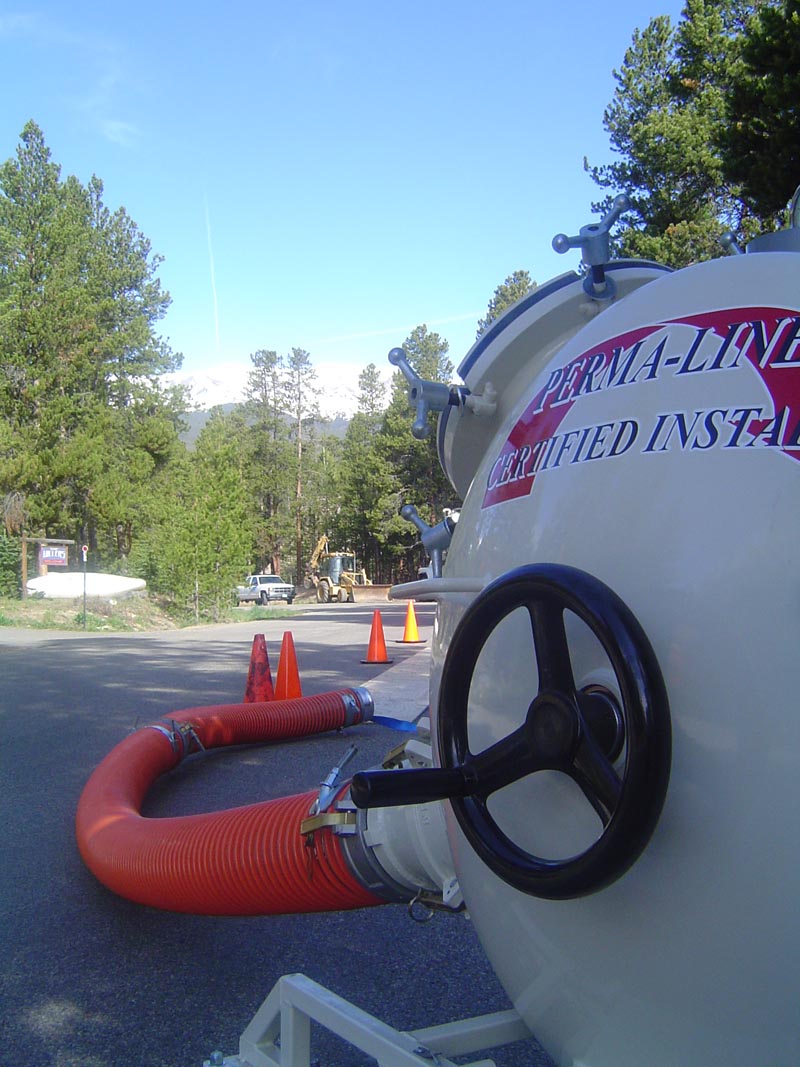When it comes to infrastructure, Michigan, and Detroit, have seen its fair share of problems. These problems can affect people’s living, safety and quality of water they drink.
In the past year, the state has experienced the lingering effects of the infamous Flight water crisis, new reports on contamination of drinking water through chemicals used by industry and in firefighting and the oil and gas pipelines, including those under the Straits of Mackinac.
The state’s road and bridges are falling apart and something needs to be done. With improvements to the roadways, each driver could possibly save $100-$200 a year on direct vehicle costs. Additionally, a $1.6 billion investment in state highways and bridge infrastructure annually would create or sustain 18,000 jobs.
About one-third of the state’s highways have a reasonable remaining lifespan – they’re deteriorating and doing so quickly. A similar concern about declining conditions applies to county roads and bridges, which support tourism to state parks, beaches and other recreation areas.
A national spotlight has already shined on Michigan’s deteriorating underground water delivery pipes, often the cause of increased lead levels in drinking water. Contamination also comes in many other forms, including runoff and man-made chemicals found leaking into groundwater.
While many aspects of infrastructure assessment, maintenance and construction rely on state level authority and resources, local knowledge and advocacy is essential.
Plan ahead and don’t wait for the crisis to occur, whether it’s a water main break, a pothole that swallows up a car, or the discovery of contaminants in drinking water.
It’s important to stay ahead of aging infrastructures and the havoc they may wreak. State and local government should look at options to achieve better outcomes. Informing residents and business owners about infrastructure conditions and proposed improvements will ensure they stay in the know and can serve as advocates in the future.









